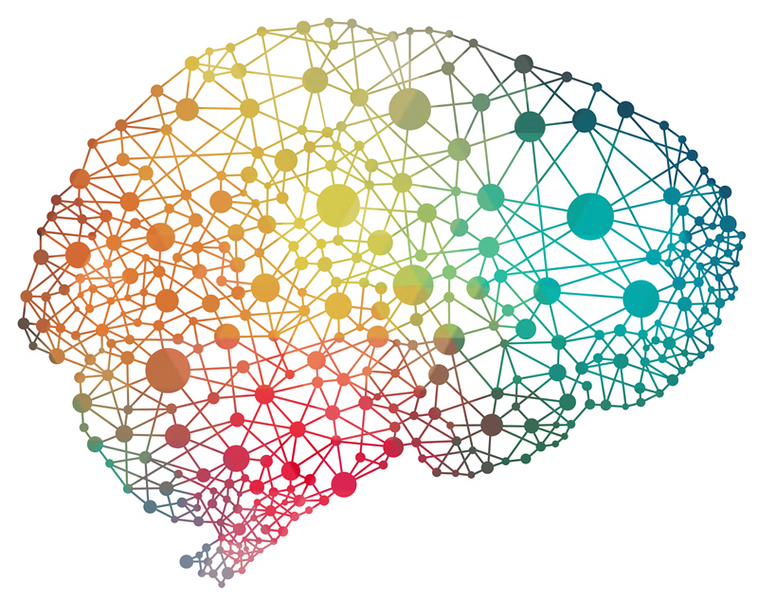ATD Blog
Why Learning Neuroscience Matters
Thu Apr 21 2016

The only way businesses can maintain their competitive advantage in this rapidly changing, information soaked world is to out-think, out-learn, and out-create the competition. By gaining deep insight into how the brain functions—in support of learning, creating, and problem solving—we can better prepare workers to adapt to the evolving and expanding workplace.
Enter Neuroscience
The science of learning is an interdisciplinary field of study that examines how people learn and how the learning and development (L&D) field can improve talent management, performance improvement, organizational learning, training, and instructional design.
According to Dr. Andre Vermeulen, CEO of Neuro-Link, a company that specializes in the neuroscience of workplace learning, there are several reasons L&D should explore the study of neuroscience. First and foremost, it brings to bear findings from hard sciences (such as physiology and chemistry) to learning theories. Until now, the science of learning was rooted principally in behavioral sciences like education and psychology.
“While these areas of research have greatly advanced, our understanding of knowledge transfer, new skill development, and behavior change has relied extensively on hypothetical constructs,” says Vermeulen. Scientific research focusing specifically on the brain—physiology, neuro-physiology, chemistry, psychoneuroimmunology, and immunology—offers direct observations of relevant variables, and can often validate or disprove earlier assumptions.
Insights go beyond learning, though. Vermeulen explains that the volume and depth of neuroscience research in recent years indicates a significant reciprocal relationship between brain functioning and the environments in which humans behave. “It is becoming quite clear that organizations will do well by aligning offerings with natural brain functioning. Doing so will ultimately drive more sales, enhance wellness, and increase productivity,” he says.
What the Science Tells Us
Research has significantly enhanced our understanding of brain processes and the function of its underlying neural systems. In other words, studies show us how the brain stores and processes information, how neural plasticity impacts learning and observable behavior, and so forth.
For example, neuroscience research confirms that learning starts when a person’s brain processes information. This information is absorbed through the senses, processed to the different sensory lobes at the back of the brain, and then processed to the expressive center of the frontal lobes and organized in neural pathways. All people have a unique genetic coding that influences a genetic predisposition toward which lobes, hemispheres, and senses will dominate when processing information.
Vermeulen breaks down the science further. He explains that the scientific studies reveal that a unique combination of brain hemispheres, paired with expressive-receptive, rational-emotional, and sensory and intelligence preferences, make up a person’s neurological design. For maximum comprehension and retention, all lobes in both hemispheres of the brain should be involved in information processing.
“All people have different preferences, and it is essential that any learning organization needs to design learning experiences and learning environments that are aligned with how the human mind learns,” says Vermeulen. (This is not to be confused with previous claims that people have certain “learning styles,” such as auditory learners or visual learners.)
In addition, sufficient reinforcement of the neural pathways of understanding is necessary for these pathways to become permanent and to enhance effective memory and learning. “In reality, this does not always happen as described,” says Vermeulen. “Drivers like brain fitness, sleep, stress, diet, skills, mind-set, movement and the physical environment can negatively (or positively) impact how people process information and how the brain learns.”
The Implications for L&D Professionals
Thanks to current research, L&D practitioners have access to a more thorough understanding of the science behind learning and memory, specifically:
the biological processes involved in learning
the relationship between brain hemisphere and sensory dominance
the impact on cognitive control
dynamics of mental flexibility
personal motivation and social and emotional learning.
The main purpose of focusing on these specialized topics is to provide predictive analyses of learning potential—so the L&D function can optimize talent in organizations. It involves accurately understanding the mechanisms of learning and assessing the drivers that impact brain performance.
Vermeulen’s message is clear: L&D designers and facilitators are well-served by having a clear understanding of such issues as:
biology of learning
how the brain works and processes information
learning implications of the different brain areas
how to identify and improve the drivers that optimize brain performance
how to determine people’s unique neuro-design and learning potential
how to prepare the brain for learning
how to switch on the brain for learning
how to improve brain fitness
how to maintain brain health
advanced visual skills for 21st century workers
advanced memory skills for 21st century workers
how a person’s neuro-design impacts health and safety in the workplace
how a person’s neuro-design impacts their sense of purpose and engagement.
No doubt, neuroscience is a promising field—that has already presented insight to the field of adult learning. “Neuroscience proves that the brain has unlimited learning potential.” More importantly, Vermeulen reminds that these insights “validate learning as one of the most essential ingredients for improving and optimizing the performance of the workforce, improving productivity, and impacting the bottom line in profound ways.”
Interested in learning more about how neuroscience is affecting L&D models and practices? Join Dr. Vermeulen at the 2016 ATD International Conference & Exposition in Denver on May 22 for the session: The Brain, Not Culture, Is Vital for Learning!
